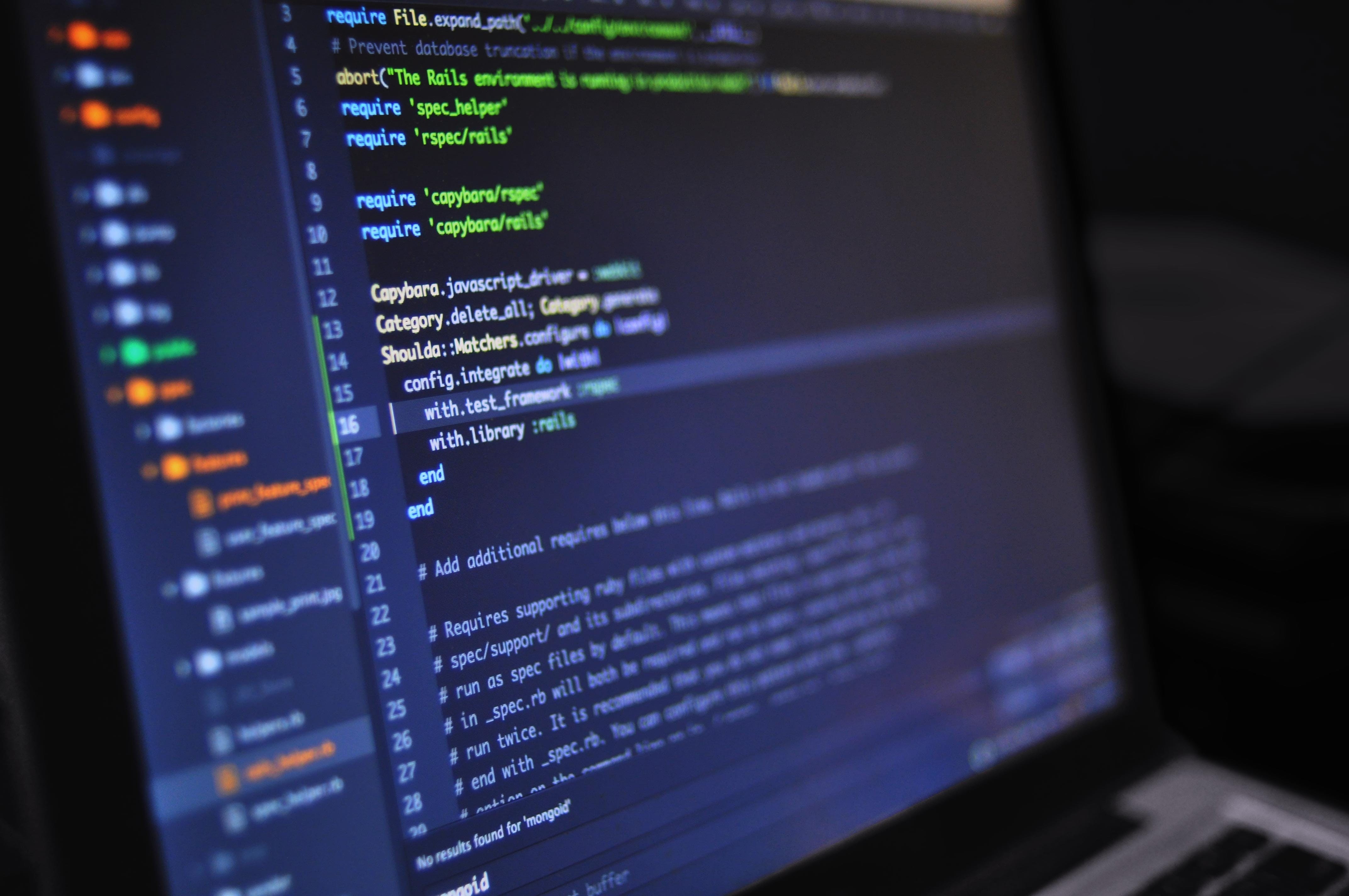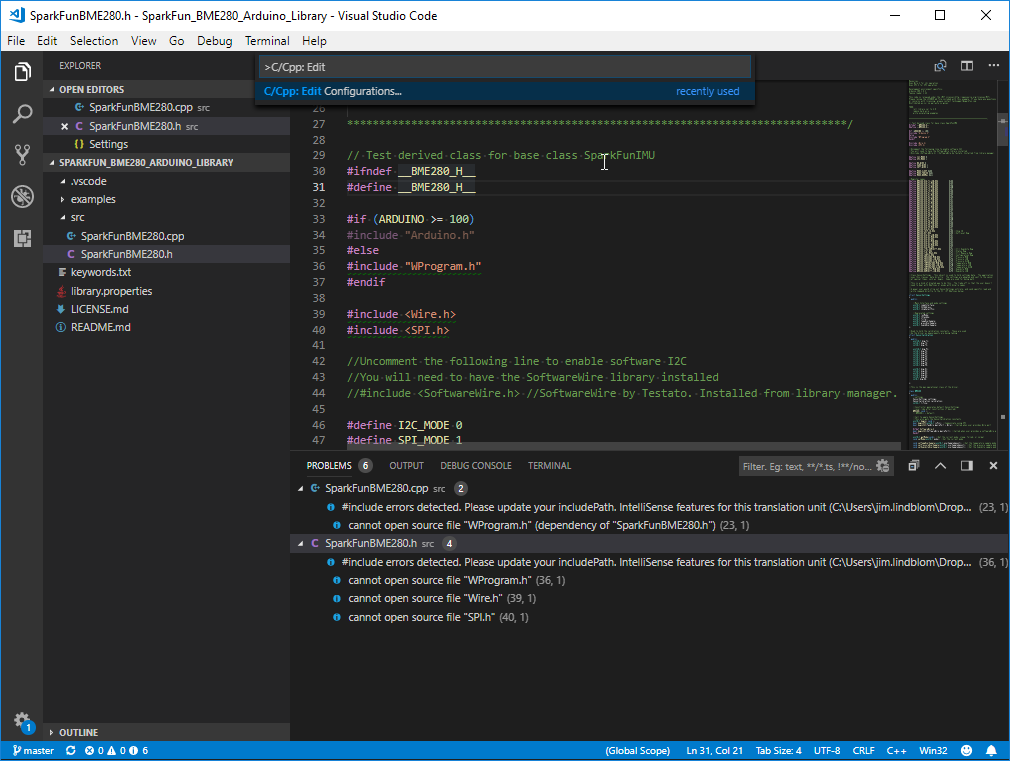

- #What is the best python ide for arduino full
- #What is the best python ide for arduino code
- #What is the best python ide for arduino series
Arduino uses a superloop design which is fine for small projects, but quickly gets out of hand for larger projects. It uses FreeRTOS and RTOS systems are widespread across embedded programming, so you'll be programming in a way that can easily be translated to other microcontrollers down the line. If you know Arduino, it won't be a huge learning curve. If you are going to get used to programming ESP32s, you might as well learn the method that will work for whatever usecase you throw at it.
#What is the best python ide for arduino full
Both are solid choices for small projects you want to quickly prototype, but the Esp32 is an incrediblely powerful chip that doesn't live up to it's full potential with either. If you want to get the most out of a ESP32, I'd recommend you look into using the ESP-IDF, and there is a really great tutorial here that had me up and running in a day. It would really help the IoT industry get past the "swiss cheese" security reputation it has today.īut even if Rust isn't on the table for you, I'd argue that languages like Lua are twice as good as Python (in terms of both memory use and performance), and you don't need to micromanage your memory.
#What is the best python ide for arduino code
Amazing compile-time checks for code correctness, high performance, and low memory usage. It really is the perfect tool for the job. In a perfect world, we'd have a mature Rust stack fully implemented for ESP32 and all other IoT SoCs. But in those cases I'd say there are still much better languages available for you to use. I can appreciate that people who aren't familiar with the nuances of working with a language like C, and have difficulty with memory management, especially around strings, null termination, etc. Even rudimentary things like calling a function in Python has insane overhead. Python is literally 100x slower than languages like C or Swift. I mean, almost nobody writes smartphone/tablet apps in Python because of how slow the language is - it uses way more memory, drains the battery. It's because Python is a terrible choice given the constraints of most IoT hardware. I find it fascinating that people use Python in IoT at all. If you're doing a hobby project on an overkill platform like the ESP32, you needn't waste too much time worrying about it. Don't listen to the folks insisting you need to save every bit and byte - you almost certainly don't, and that attitude is a legacy from the 8 bit era and only applicable to extremely cost optimized volume production in 2022. In any case, the ESP32 is quite powerful for what you pay for it. Write the stuff that needs to be fast in C, and do the high level coordination in Python. Note that if you are familiar with C, you can write your own C modules that have MicroPython APIs and then glue them together with Python. If you need to do a lot of math in particular, MicroPython is going to be amazingly slow at that. Also, if you are using Python mostly as glue code (the main thing it's good at), the heavier ops end up running in C anyway so the performance penalty isn't as bad as it might seem. You will hit memory and CPU limitations much faster, but that might not matter for your application. If you don't need fast code, but want easy (or you're doing a lot of stuff with strings, etc that Python excels at), MicroPython could be just fine. If you need to run efficiently on batteries (this is already hard on the ESP32), or need very high processing throughput, etc, then Arduino is going to be much better performance (and then go to the IDF itself if you need more than that). What are you trying to do? Both tools are good at some things and bad at others.

Memes and other low effort jokes are not acceptable forms of content. Please keep submissions on topic and of high quality.Ĭivility & Respect are expected.

It is a successor to the ESP8266 microcontroller.
#What is the best python ide for arduino series
The ESP32 series of chips is created and developed by Espressif Systems and is manufactured by TSMC using their 40 nm process. It and includes in-built antenna switches, RF balun, power amplifier, low-noise receive amplifier, filters, and power management modules as well.

The ESP32 series employs either a Tensilica Xtensa LX6, Xtensa LX7 or a RiscV processor, and both dual-core and single-core variations are available. ESP32 is a series of low cost, low power system on a chip microcontrollers with integrated Wi-Fi and dual-mode Bluetooth.


 0 kommentar(er)
0 kommentar(er)
